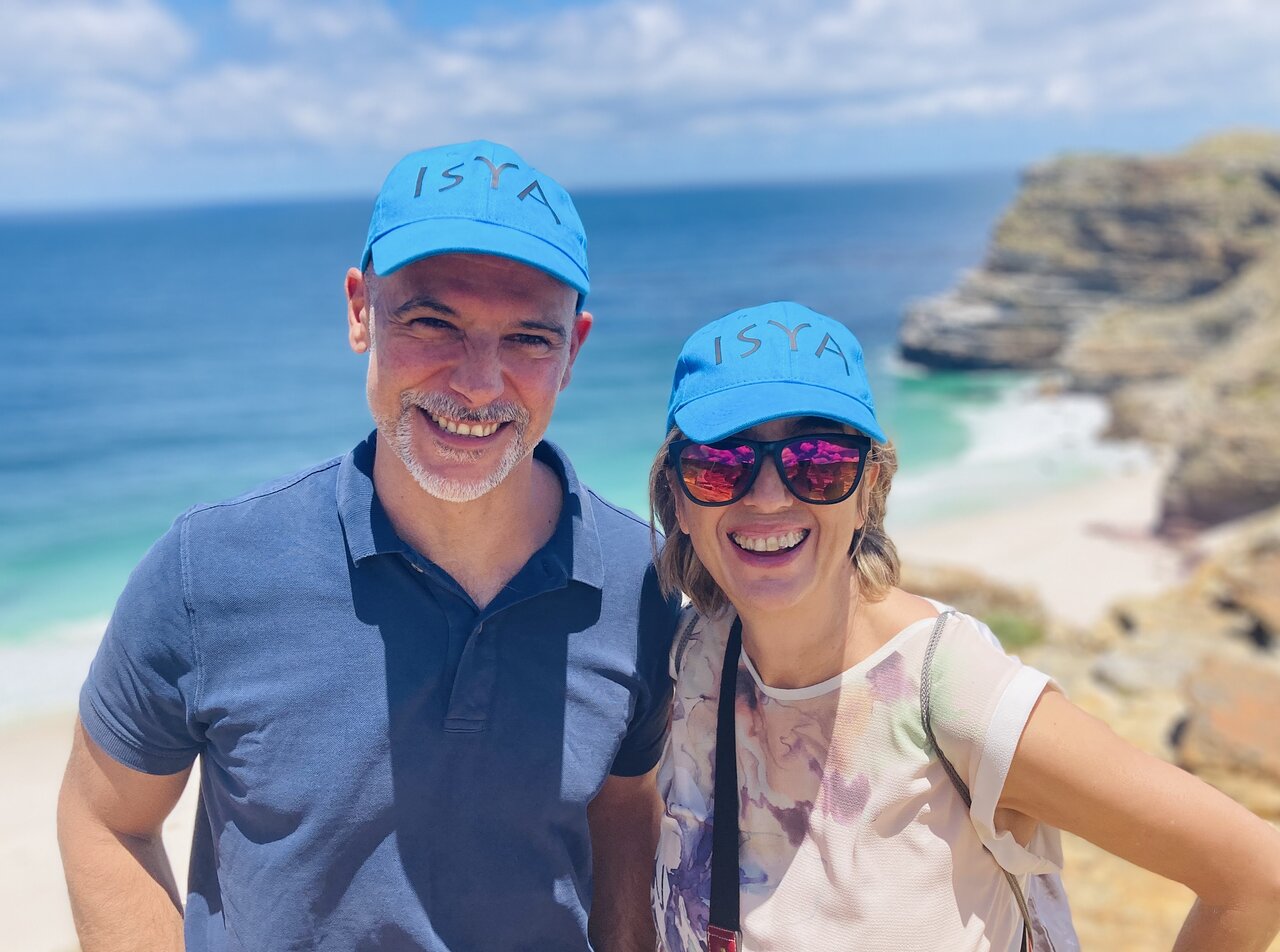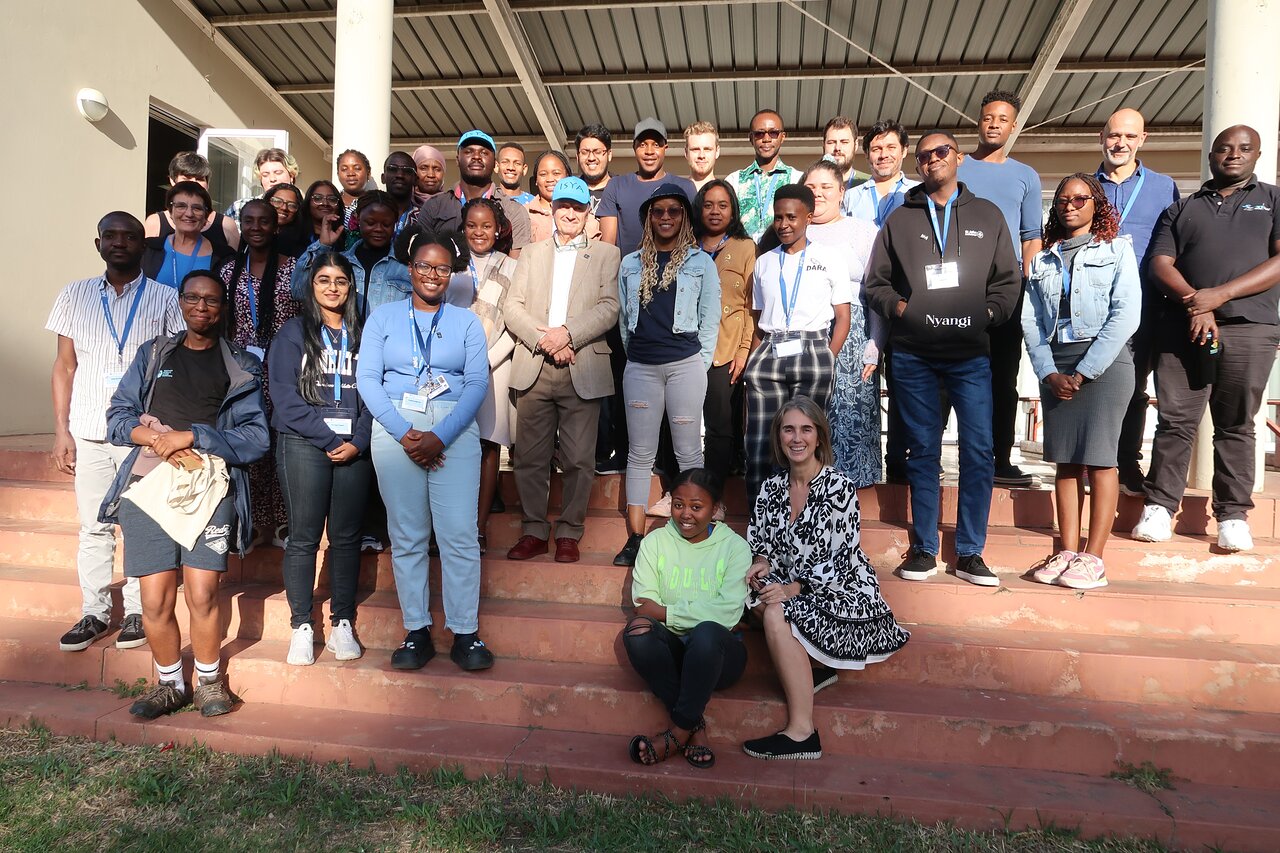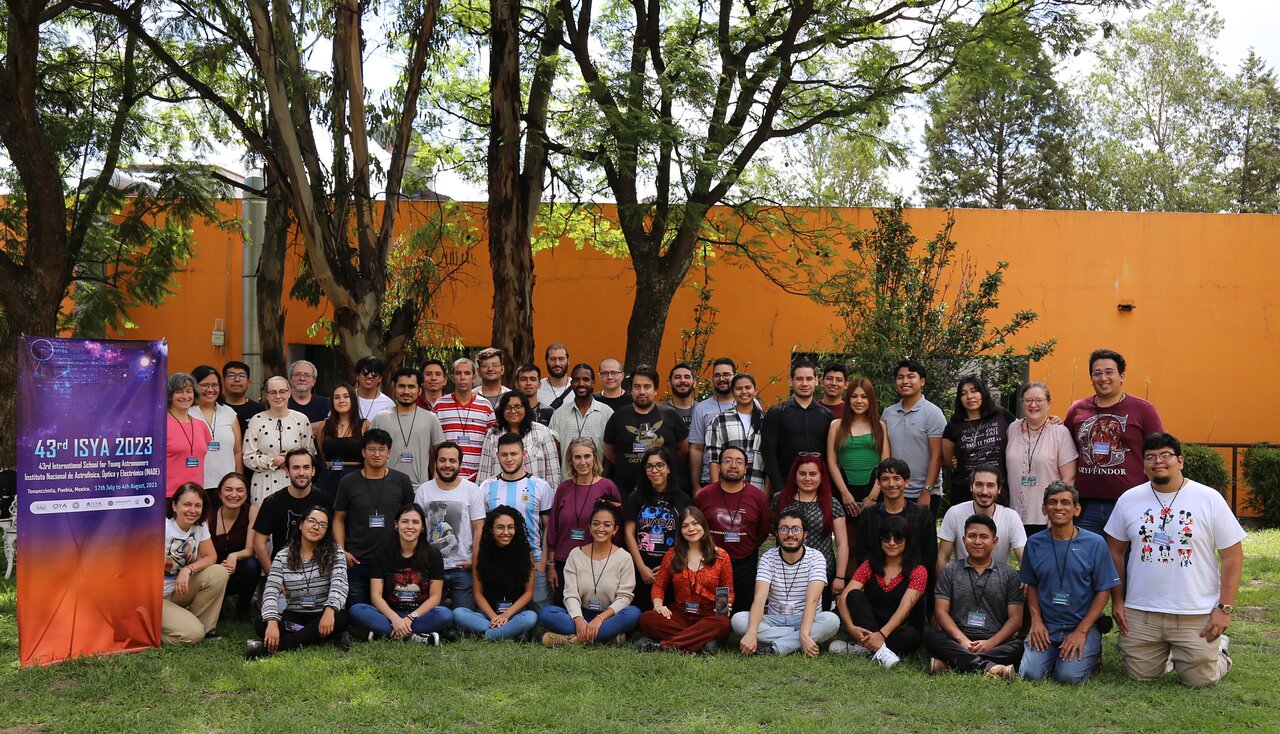- News
- Science
- Scientific Bodies
- Divisions
- Commissions
- Commission A1 Structure
- Commission A2 Structure
- Commission A3 Structure
- Commission A4 Structure
- Commission B1 Structure
- Commission B2 Structure
- Commission B3 Structure
- Commission B4 Structure
- Commission B5 Structure
- Commission B6 Structure
- Commission B7 Structure
- Commission C1 Structure
- Commission C2 Structure
- Commission C3 Structure
- Commission C4 Structure
- Commission C5 Structure
- Commission D1 Structure
- Commission E1 Structure
- Commission E2 Structure
- Commission E3 Structure
- Commission E4 Structure
- Commission F1 Structure
- Commission F2 Structure
- Commission F3 Structure
- Commission F4 Structure
- Commission G1 Structure
- Commission G2 Structure
- Commission G3 Structure
- Commission G4 Structure
- Commission G5 Structure
- Commission H1 Structure
- Commission H2 Structure
- Commission H3 Structure
- Commission H4 Structure
- Commission J1 Structure
- Commission J2 Structure
- Commission J3 Structure
- Commission X1 Structure
- Commission X2 Structure
- Past Commission Organising Committees
- Working Groups
- Centres
- Scientific Meetings
- Rules & Guidelines
- General Assemblies
- Meeting Proposals
- Future IAU Meetings
- General Assemblies
- EC Meetings
- Officers' Meetings
- Regional Meetings
- Symposia
- Focus Meetings
- Institutional Meetings
- IAU Offices Meetings
- IAU-Sponsored Meetings
- Letters of Intent submitted for 2024
- Letters of Intent submitted for 2023
- Letters of Intent submitted for 2022
- Letters of Intent submitted for 2021
- Letters of Intent submitted for 2020
- Past IAU Meetings
- Templates
- Other Meetings
- Grants & Prizes
- Scientific Bodies
- Publications
- IAU Publications
- IAU Strategic Plan
- Symposia
- WGSBN Bulletins
- Regional Meetings
- Information Bulletins/Catalyst
- E-Newsletters
- Focus Meetings
- Transactions A
- Transactions B
- Related Publications
- GA Newspapers
- CAPjournal
- IAU Books
- Brochures
- IAU Offices
- WG Reports
- Commission Reports
- Division Reports
- Past IAU Publications
- Rules, Guidelines and Instructions for Proceedings
- Publishers
- IAU Publications
- Administration
- About the IAU
- Statutes & Rules
- IAU Policies
- IAU Executive Bodies
- IAU Secretariat
- Resolutions
- Members Administration
- Administrative Dates & Deadlines
- International Organisations Relations
- Donate to the IAU
- Training in Astronomy
- Astronomy for Education
- Astronomy for Development
- Astronomy for the Public
- Office for Astronomy Outreach
- FAQ
- Themes
- Satellite Constellations
- Astronomy in Everyday Life
- How to Report a Discovery
- Careers in Astronomy
- Defining our Place in the Cosmos
- The Constellations
- Light Pollution
- Measuring the Universe
- Near Earth Objects
- How to Participate in Astronomy Research
- Naming of Astronomical Objects
- Naming of Exoplanets
- Buying Star Names
- Naming Stars
- Pluto and the Solar System
- IAU Member Statistics
- Our Moon: the Moon
- Meteors & Meteorites: The IAU Definitions of Meteor Terms
- UNESCO-IAU Portal to the Heritage of Astronomy
- Social Media
- Past Events
- Call for Online Resources
- Astronomy@Home Awards
- Contact
The International School for Young Astronomers (ISYAs)
Supported by the Office for Young Astronomers (OYA)
Introduction
Educational activities are one of the essential tasks of the Union. The International School for Young Astronomers (ISYAs) is a project of the International Astronomical Union (IAU), established in 1967. The objective of ISYAs is to broaden the participants’ perspective on astronomy by lectures from an international faculty on selected topics of astronomy, seminars, practical exercises and observations, and exchange of experiences.
The Office for Young Astronomers (OYA) was established in 2015 in collaboration between the Norwegian Academy of Sciences and Letters (NASL) and the IAU, with the aim to ensure a robust financial and organizational basis for the operation of the ISYA program. The establishment of this office followed a previous agreement signed in 2008 between NASL and the IAU. The OYA is a virtual office operated by a Steering Committee chaired by an IAU Vice-President. The domicile of OYA is the NASL in Oslo, Norway.
Description
It is a three-week international postgraduate school for regions where students have less opportunity to be directly exposed to the full extent of up-to-date astrophysics (mainly, but not exclusively, from astronomically developing countries). During the school both theory and observations are addressed.
The curriculum includes a standard set of self-contained, coherent lectures that cover the basic concepts and theories of selected fields of astronomy and astrophysics, along with relevant instrumentation and observation, and data reduction and calibration, understandable to students with good college mathematics and physics (but not necessarily astronomy) training, plus selected thematic topics of the latest development and trend of the fields.
The participants are essentially coming from countries in the region of the country hosting the ISYA. The lecturers are experts coming from all over the world.
For countries with a national astronomy program, part of the school could take place at an observatory site for training in observational techniques. However, schools emphasizing observational astronomy with remote observing are also a possibility, as well as schools emphasizing database use and computer-intensive modeling.
Guidelines for organization of an ISYA
ISYA schools are funded by the concurrence of local and IAU-NASL funds. The local host takes responsibility of covering boarding and accommodation, lecture rooms with internet access, space and computers for lab work, and any other local needs for both students and professors during the duration of the school. IAU-NASL are responsible for procuring the funding for travel expenses, both national and international, for students and professors, to attend the school.
The ISYA Director corresponds with the local Director of the school so that the proposal follows the working rules and guidelines currently in force for the ISYA. The duration of the school is 3 weeks. The student body is estimated to be between 30 and 50, depending on local facilities. A good ratio of about half national students and half regional international students is recommended, providing ethnical and gender balance within the region.
The level of the lectures aims at students in the MSc to 1st year PhD level, although the level can be adjusted depending on regional needs. The school should include theoretical and observational lectures and lab work with local observing facilities (when available), data reduction and analysis labs, and virtual observatory/data mining labs. The ISYA professors can be both national and international, with an international reputation in their respective fields of research. It is highly recommended to select professors who can extend their participation in the school for most of the duration of the school and maximize their interaction with the students, and observe ethnical and gender diversity. Usually there are ~8-12 professors to cover the full syllabus and lab workload of the school.
Full proposal should reach the Director and the Steering Committee of IAU Office for Young Astronomers that oversees the ISYA program for approval at least one year before the intended date of the school. Interested host are strongly encouraged to contact/submit a letter of intent to the Director of the ISYA, at least one and half years beforehand, in order to leave enough time to develop, with the Director, a full proposal that meets the goals and guidelines of ISYA, and to consider about a two-year window for when the school could be hosted.
The letter of intent should contain the following information, in a free format
- Brief introduction to local host background in Astronomy education at the ISYA level.
- Intended date to host the school (a 2 year bracket is recommended, specifying the best dates for local organizers).
- Brief description of local facilities to host an ISYA: lecture rooms, internet access, library, lab space, observing facilities (when available) and lodging.
- Logistics, e.g. estimated time for students and professors to commute from ISYA facilities to their respective lodging, distance to local observatory (when available), etc.
- Intended list of topics for the school and suggested lecturers.
- Targeted student population (countries likely interested in the school other than host country), and level of the school.
- Intended local organizing committee.
- Estimated budget for local expenses and funding avenues for local hosts to support the ISYA local expenses.
ISYA Director and Deputy Director
The ISYA Director and Deputy Director are jointly responsible for the operation of the ISYA program of the IAU. Their work involves soliciting ISYA host countries, developing and executing ISYA scientific programs in collaboration with the Local Organizers. Additionally the Director and Deputy Director provide the IAU Office with the necessary information for the administrative and budget handling of the ISYA and report to the Steering Committee after the completion of each ISYA.
The present ISYA leadership

Itziar Aretxaga, ISYA Director (right) and David Fonseca Mota, ISYA Deputy Director (left).
Past and Future ISYAs
- A list of events, links and final reports are available on this page.
Contact
Itziar Aretxaga, itziar@inaoep.mx, (INAOE-Astrophysics Dept, Mexico), Director
David Fonseca Mota, d.f.mota@astro.uio.no (Inst. Theoret. Astrophys., Univ. of Oslo, Norway), Deputy Director
NEXT SCHOOLS
- Yachay, Ecuador 6-26 July 2025
Quotes from ISYA students:
“I will be an ambassador for Astronomy science in my country.”
“I totally recommend this school. I think the person who came to the school in the last 3 weeks is completely different from the person I am right now. I am very happy, grateful,and also with a lot of motivation to do my best on my PhD studies.”
“I feel that attending the ISYA has helped me to understand and learn a lot of topics in astronomy that I have never studied. This helped me to broaden my knowledge in astronomy, and at the same time, I have identified what are topics that I am more interested to study and make research. The contacts I made have also open the possibility of where to continue my studies. It was a very valuable experience I would recommend it to all students interested in the beautiful world of astronomy.”
“The financial support to participants from across Africa was marvellous and most appreciated.”






